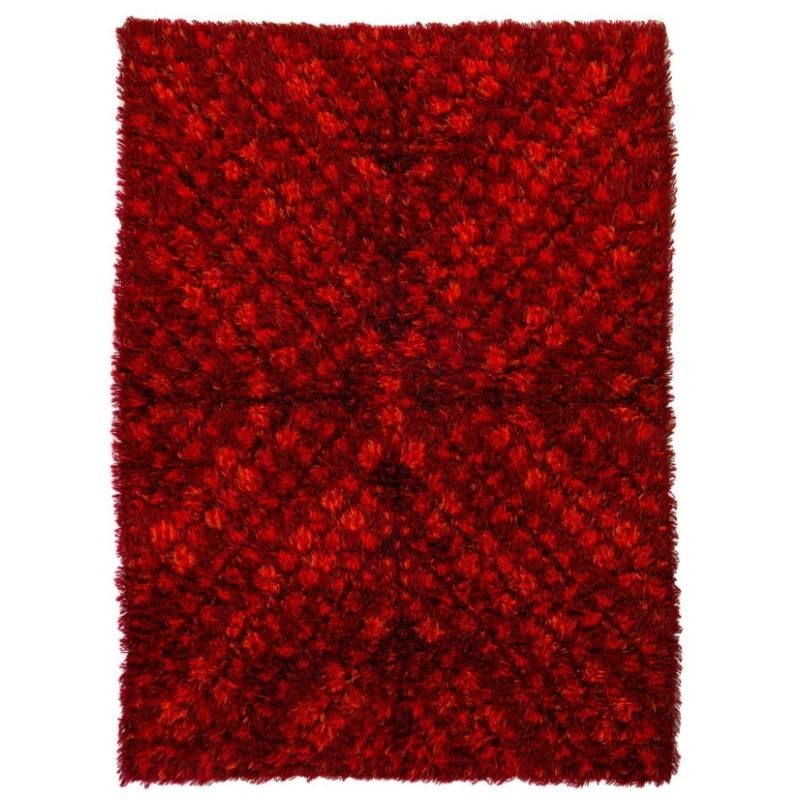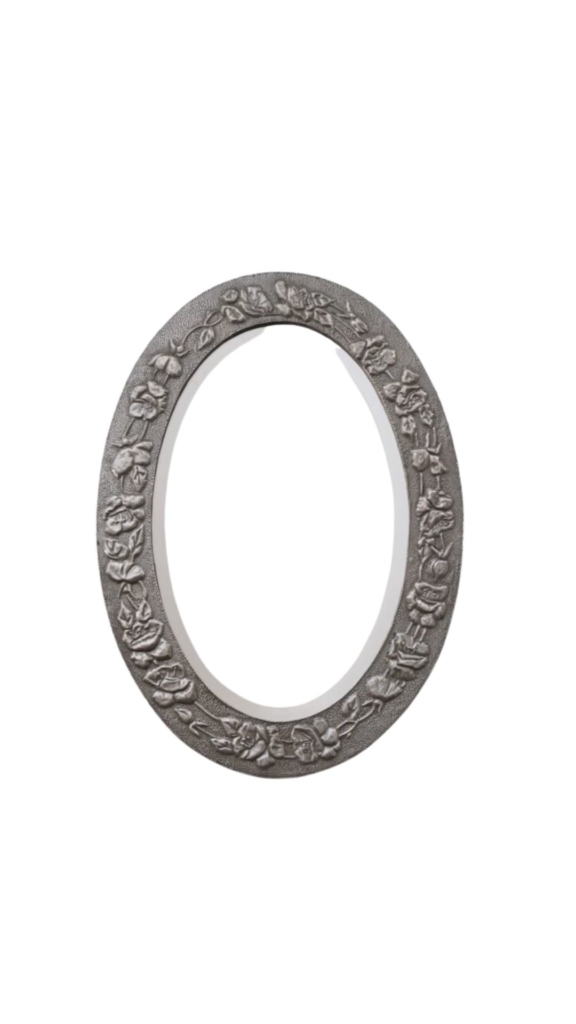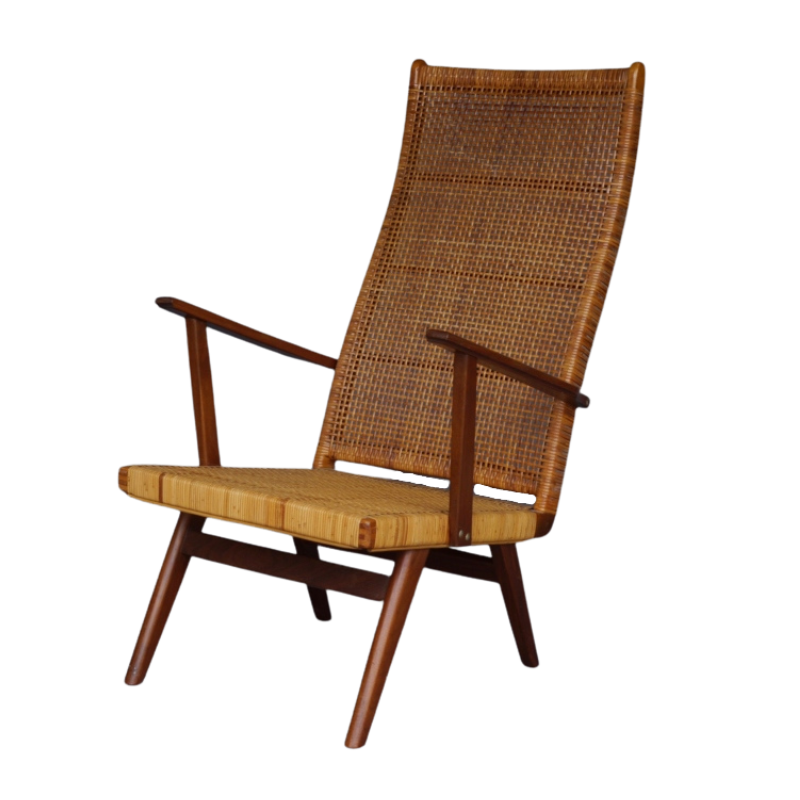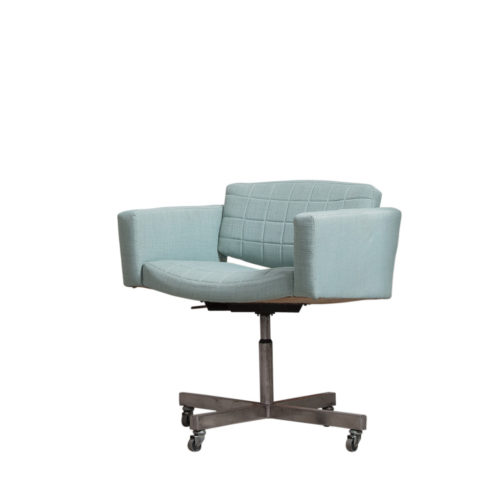I recently acquired a set of Vodder dressers, as in the pics, but with non-original bases. I want to have new bases made, as close to the original look as possible.What wood species would anyone suggest (presuming teak won't be possible)? Also, is there anywhere online I could locate base dimensions? Short of having a set to measure myself, I'm a bit at a loss to know how to obtain the correct ones. Thank you for any advice!

Where are you, chelle? Teak isn't exactly in short supply, it's just expensive and dealers in small quantities that will allow customers to pick through stock can be hard to find. I'm lucky to have a few suppliers within an hour's drive that are pretty great to work with for these kinds of needs, but there are specialty yards that will ship small quantities anywhere and will work with you via photos and email to assure quality.
And using dimensions of your existing case with images found online to scale new bases should get you "close enough" to original specs if they're not available.
It is quite possible to acquire the correct dimensions, within acceptable tolerance as to appearance, directly from photos like the ones above. One needs only a known dimension -- the overall width of the case, for instance -- as a starting point, and a straight-on veiw photo.
One simple method requires the use of a photo-copier with adjustable enlargement feature. Start by making a monotone copy of the photo (to save the unnecessary expense of color). Find a scale on an architect's ruler which most closely matches the known dimension on the image. Enlarge or reduce a copy of the photo until the known dimension can be read on the chosen scale. That scale can then be used to measure any other feature on the photo.
If you're handy with math -- percentages, for instance -- you can home in on the correct enlargement or reduction in just a couple of steps. Trial-and-error will get you there soon enough, in any event.
This method could be used to determine the height and width of the base on the smaller of the cases shown above. It will not give you the depth of the base, obviously, but other photos of the subject cases might allow you to home in on that aspect of the design. The photo of the larger case includes some perspective issues, so by itself it might not prove an accurate source of vertical dimensions. But we can be confident, I think, that the two sizes of case have the same vertical dimensions. The photo of the larger piece can still be subjected to the same procedure in order to acquire the necessary horizontal dimensions . . .
Thanks. I thought that teak would be expensive and difficult to source, and I'd read that it's often of poor quality. I don't know enough to pick it out myself -- I assume some people could buy it on eBay with success, but I'm afraid I'm not qualified to do so. I suppose I thought there might be a reasonable substitute, but perhaps not.
Thanks also for the advice re: dimensions. I'll give your method a shot, am pretty good at math, even if I don't know much about wood 😉
Any experienced cabinet maker, joiner, furnituremaker/restorer should be willing to help you out with these issues, chelle. They deal in this stuff all the time and good ones know all the "secrets".
I used to labor over cut lists for lumber shopping until I figured out that my favorite local hardwood dealer is so good at doing it in his head that now I just bring basic drawings and, in minutes, he gets me closer to what I need with less waste than I ever could spending hours with my lists and a tape measure.
I would consider oak if teak proves to be problematic as many of the original teak cabinets stood on oak frames.
I have had a few Vodder cabinets that had teak carcasses paired with oak legs, the contrast is very pleasing.
I would have thought the subtle leg shape with the gentle bulge at the top will be tricky to reproduce. I have a cabinet at home if you need any close up images or dimensions. Good luck.
A good photo of the leg and stretcher, taken straight on from front and side, would be a big help whether the job is given to a professional or made (somehow) at home. Dimensions of all parts would complete the task. I can't think of a kinder and better use of the forum than this !
SDR, I just wanna say that I loved reading your description of how to figure the dimensions of something from a photo. I have done that exact thing with everything from cushion sizes and shapes to antique doll parts and I really enjoy it (plus it yields great results). I worked the method out myself out of necessity and it warms my heart to know that others do the same thing!
That's great, spanky. We usually do well with methods we devise for ourselves. I assume what we're doing here is done with greater sophistication by those with the means and equipment for it.
Two recent cases for me involved correcting the perspective of a photo before proceeding. I don't have Photoshop; I downloaded something called Gimp and found a way to alter an image so that the vertical edges of objects are in fact plumb. The app is so dodgy that I have to hunt for many minutes each time I use it, to get the desired operation to work. Ah, to be young again . . .
Thanks to all.
Howard Moon, the cabinets you've seen with oak legs (white oak, I think?), might you have a picture?
I will talk to the woodworker and see if he can source some teak, but it's great to have a back-up.
Also thanks to everyone who replied on the other thread, and encouraged me to just spend the money and have bases made. I didn't find any legs that seemed just right and so....
The base on the sideboard pictured is oak, however it has aged to a very similar colour as the teak carcass.
If you used freshly cut oak for your base it would be much more conspicuous.
I tried to measure the legs accurately for you but unfortunately the stretchers are in the way. The circumference of the leg at the very bottom is 89mm.
The stretchers are 14mm thick by 40mm wide. The side stretchers are nicely rounded off on the top and bottom.
Hope this is of some help.
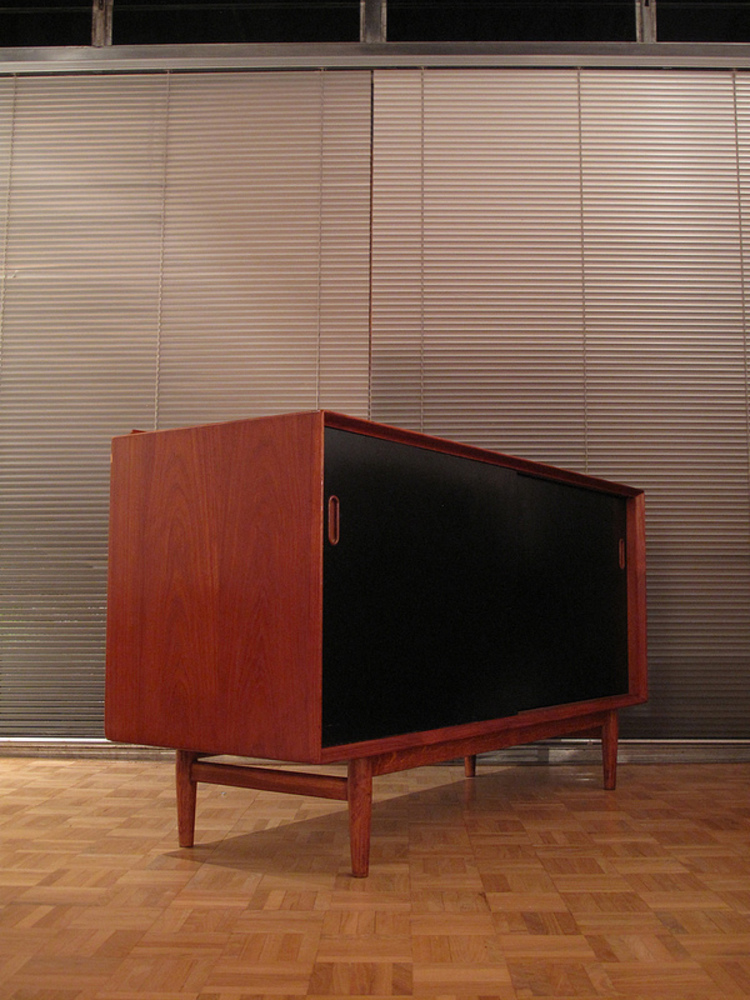
If you need any help, please contact us at – info@designaddict.com






